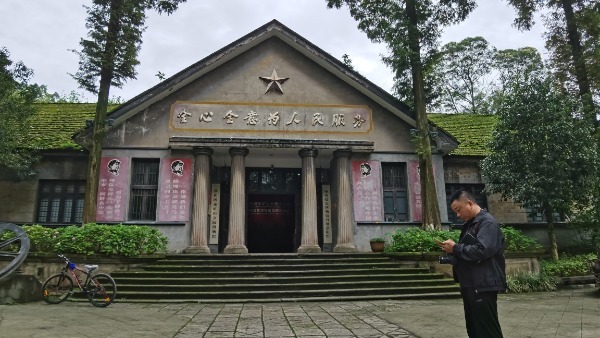 |
|
The Jiayang branch of the China Coal Mine Museum. |
Digging into the past
Covering more than 1,000 square meters, the first themed branch of the China Coal Mine Museum in Taiyuan, Shanxi province, is in Jiayang, focusing on the history of thin-seam coal mining in southern China.
In one part of the Jiayang Coal Mine, the thickness of K3 coal is less than 70 centimeters and the gangue, the commercially worthless material that lies between the coal seams, has a maximum thickness of 180 centimeters. To excavate the upper and lower layers of thin coal, it was necessary to remove the gangue in-between. The work was so difficult and risk of danger so high that such mining was seldom done anywhere else in the world.
The history of local coal mining dates back to the early 20th century, when it was started by the French and the British. A lathe made in Britain in 1910 and used in the Jiayang Coal Mine is on display in the Jiayang museum.
The Jiayang Coal Mine was set up in 1938 as one of the four strategic coal mines in Sichuan after the Nationalist government moved its capital from Nanjing in Jiangsu province to Chongqing, then the largest city in Sichuan.
The Jiayang Coal Mine had the most advanced drilling technology in China and its coal was used for military purposes, contributing to the victory in the War of Resistance Against Japanese Aggression (1931-45), says 90-year-old Zhong Ziheng, one of the first-generation of miners who worked in Jiayang Coal Mine.
Land-locked as it is, Jiayang has hotels and abounds in farm produce. When the sweet-scented osmanthus are in full blossom in autumn, locals make a tasty steamed rice cake with sweet-scented osmanthus which is served in all local restaurants.